Ecological succession is the predictable process of change in ecosystems over time, leading to the development of a stable climax community. It is a fundamental concept in ecology, essential for understanding natural processes and aiding in conservation and restoration efforts.
1.1 Definition and Overview
Ecological succession is the process of change in species composition of a biological community over time. It occurs in both natural and disturbed ecosystems, leading to the development of a climax community; This predictable sequence of changes is driven by environmental factors and interactions among organisms. Succession can be primary (starting from lifeless areas like bare rock) or secondary (occurring in areas with existing soil, such as after a fire). Worksheets and educational resources often highlight these concepts, providing structured activities to understand and sequence succession stages, from pioneer species to climax communities, emphasizing its importance in ecosystem dynamics.
1.2 Importance of Studying Ecological Succession
Studying ecological succession is vital for understanding ecosystem dynamics and managing natural resources. It provides insights into how communities recover from disturbances and helps predict environmental changes. By analyzing succession, scientists can develop strategies for habitat restoration and conservation. Educational tools, such as worksheets, enable students to engage with these concepts, fostering a deeper appreciation for ecological principles. Understanding succession also aids in addressing climate change and human impacts on ecosystems, making it a cornerstone of environmental education and sustainable practices.
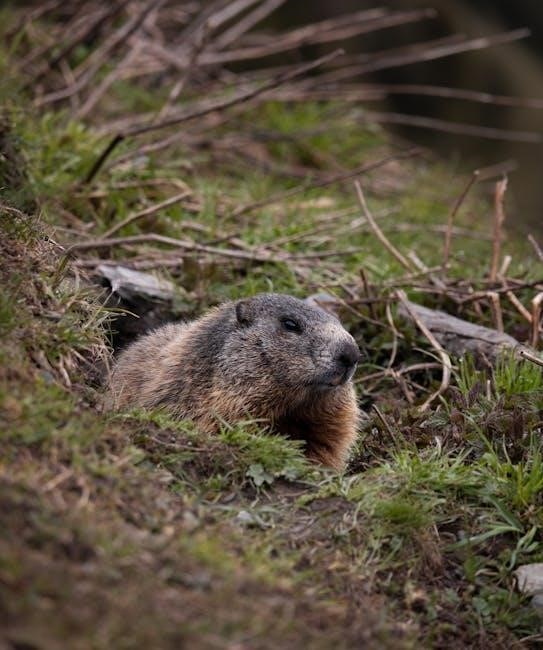
Types of Ecological Succession
Ecological succession is categorized into primary and secondary succession. Primary succession occurs in lifeless areas, starting with pioneer species, while secondary succession develops in previously inhabited ecosystems, progressing faster due to remaining organic matter.

2.1 Primary Succession
Primary succession begins in barren areas devoid of soil and vegetation, such as rock outcrops or sand dunes. Pioneer species like lichens and mosses initiate the process by breaking down rock surfaces, creating habitats for subsequent species. Over time, soil forms, allowing grasses, shrubs, and eventually trees to establish themselves. This gradual progression leads to a mature climax community, shaped by environmental factors like climate and topography. Primary succession is a slow process, often taking centuries to reach its final stage, making it a remarkable example of nature’s resilience and transformative power.
2.2 Secondary Succession
Secondary succession occurs in areas where an ecosystem has been disturbed but still retains soil and some vegetation, such as after a fire, flood, or deforestation. Pioneer species like grasses and shrubs quickly colonize the area, stabilizing the soil and creating conditions for larger plants to grow. This process is faster than primary succession because the existing soil and plant seeds or roots provide a foundation. Over time, the ecosystem progresses through stages, ultimately reaching a climax community. Secondary succession highlights nature’s ability to recover and adapt, showcasing the resilience of ecosystems in the face of disturbances.
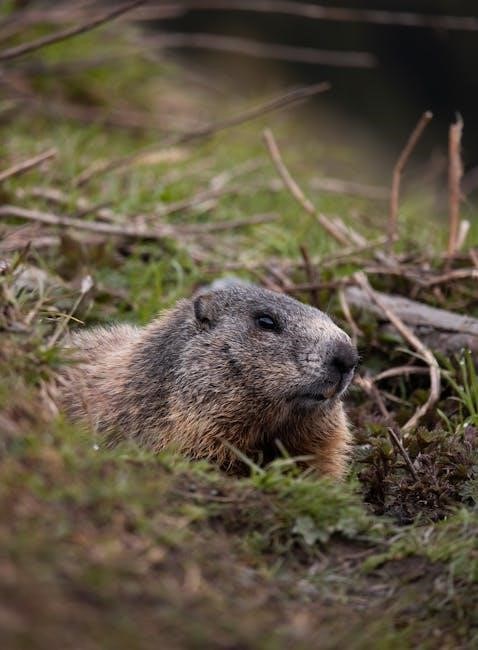
Stages of Ecological Succession

Ecological succession progresses through distinct stages, beginning with pioneer species, followed by succession progression, and culminating in a stable climax community, reflecting ecosystem maturity.
3.1 Pioneer Community
The pioneer community represents the initial stage of ecological succession, where hardy species colonize barren or disturbed areas. These organisms, such as mosses, lichens, or pioneer plants like cattails and bulrushes in aquatic environments, are adapted to survive in harsh, resource-limited conditions. They play a crucial role by stabilizing the environment, improving soil quality, and creating habitats for subsequent species. Their growth and decomposition pave the way for more complex vegetation, setting the foundation for the next stages of succession. The pioneer community is essential for kickstarting the ecological process, enabling the gradual development of a mature ecosystem.
3.2 Succession Progression
Succession progression refers to the sequential changes in species composition and ecosystem structure as communities develop over time. Following the pioneer stage, more complex plant and animal species colonize the area, enhancing biodiversity and ecosystem stability. This phase is characterized by increased vegetation height, improved soil fertility, and the establishment of food webs. Species competition and environmental interactions drive the progression, leading to a more mature community. The predictable nature of this process allows ecologists to study and model how ecosystems recover and evolve after disturbances, ultimately approaching a climax community tailored to the local climate and conditions.
3.3 Climax Community
The climax community represents the most stable and final stage of ecological succession, characterized by a diverse and complex ecosystem. This stage is self-perpetuating, with species composition remaining relatively constant over time. The community is in equilibrium with its environment, supporting a wide range of plant and animal species. Climax communities vary depending on factors like climate, geography, and species availability. While disturbances can disrupt this stage, it represents the endpoint of succession, where the ecosystem is maximally adapted to its conditions. This stage is crucial for understanding long-term ecological balance and biodiversity maintenance.
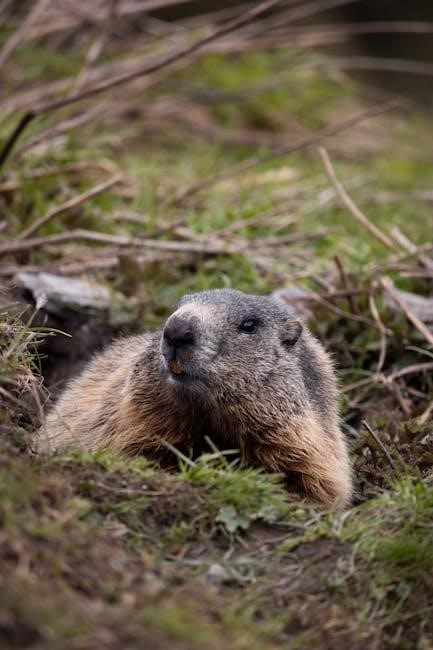
Factors Influencing Ecological Succession
Environmental factors like climate, soil, and topography, along with disturbances such as fires and human activities, significantly influence the pace and direction of ecological succession. These elements shape the climax community and determine the ecosystem’s stability and biodiversity over time.
4.1 Environmental Factors
Environmental factors play a crucial role in shaping ecological succession. Climate, soil type, and topography are key determinants. For instance, arid climates may lead to desert ecosystems, while temperate climates often result in forests. Soil fertility and moisture levels influence the types of plant species that can colonize an area. Additionally, sunlight exposure and wind patterns affect the growth and distribution of vegetation. These factors collectively determine the trajectory of succession, guiding the development from pioneer communities to a stable climax community. Understanding these elements is essential for predicting and managing ecosystem changes effectively.

4.2 Disturbances and Their Impact

Disturbances, such as fires, floods, and human activities, significantly influence ecological succession. They reset the process by removing existing vegetation and altering the environment. For example, fires can clear land for new plant growth, promoting secondary succession. Flooding introduces new soil and nutrients, fostering pioneer species. Human disturbances, like deforestation, disrupt ecosystems, leading to rapid changes in species composition. These events often accelerate succession by creating opportunities for new species to colonize. Understanding the role of disturbances is vital for managing ecosystems and predicting recovery patterns after such events occur.

Ecological Succession Worksheets
Ecological succession worksheets provide interactive learning tools, offering exercises and activities to deepen understanding of primary and secondary succession, climax communities, and environmental influences on ecosystem changes.
5.1 Worksheet Activities and Exercises
Worksheet activities and exercises on ecological succession engage students in sequencing stages, identifying pioneer and climax communities, and analyzing environmental factors. Interactive tasks include matching terms, labeling diagrams, and case studies. These exercises enhance understanding of primary and secondary succession, species adaptation, and ecosystem stability. Answer keys provide feedback, while real-world applications, like pond succession, make concepts relatable. Activities encourage critical thinking and application of ecological principles, fostering a deeper appreciation for natural processes and their significance in shaping ecosystems over time.
5.2 Answer Key and Case Studies
The answer key provides detailed solutions to worksheet exercises, ensuring clarity and accuracy for students; Case studies, such as pond succession, offer real-world examples of ecological processes. These resources help students apply theoretical knowledge to practical scenarios, enhancing their understanding of succession dynamics. By analyzing diverse ecosystems, learners can predict outcomes and grasp the significance of environmental changes. The answer key and case studies serve as valuable tools for reinforcing concepts and preparing for assessments, fostering a comprehensive grasp of ecological succession principles and their applications.
Ecological succession is a vital process shaping ecosystems, demonstrating nature’s resilience and adaptability. Worksheets and case studies provide practical tools for understanding and applying succession principles effectively.
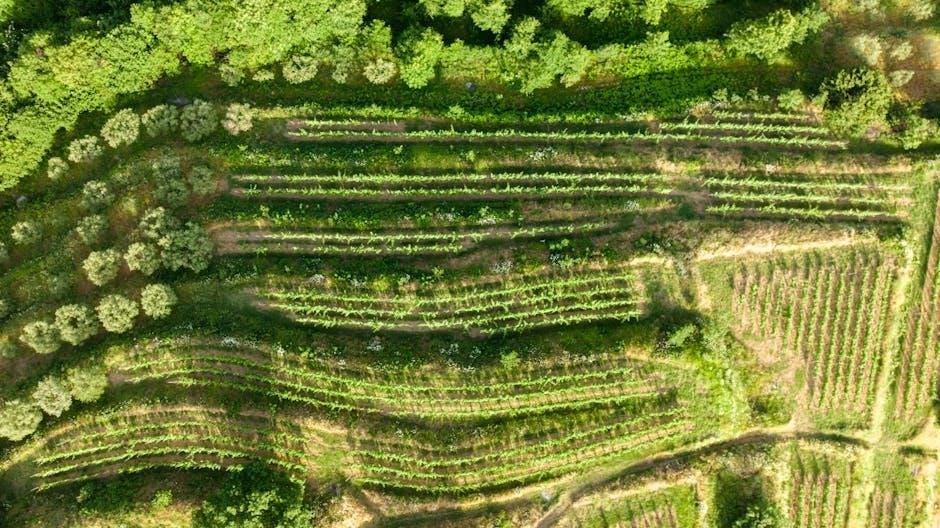
6.1 Summary of Key Concepts
Ecological succession describes the predictable changes in ecosystems over time, leading to a stable climax community. Primary succession occurs in lifeless areas, while secondary succession follows disturbances. Pioneer species initiate colonization, gradually giving way to more complex communities. Environmental factors like sunlight, soil, and water influence succession. Worksheets and activities help students visualize and understand these processes, emphasizing species adaptation and ecosystem resilience. Answer keys and case studies provide practical learning tools, reinforcing the importance of succession in maintaining ecological balance and biodiversity.
6.2 Resources for Further Study
For deeper exploration, various educational resources are available, including worksheets, answer keys, and case studies. PDF documents like the POND Ecological Succession Worksheet KEY and Succession POGIL Answer Key provide structured activities and exercises. These tools help students visualize succession stages and species adaptation. Additionally, assignments and online materials, such as those from the University of British Columbia, offer comprehensive insights. These resources are invaluable for reinforcing concepts and encouraging further learning about ecological succession and its real-world applications.
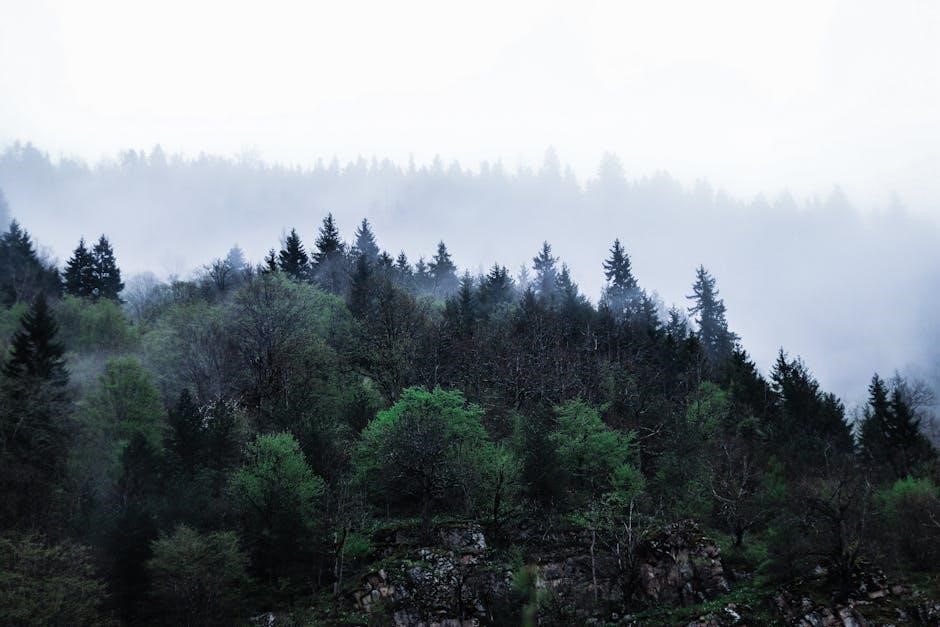



About the author